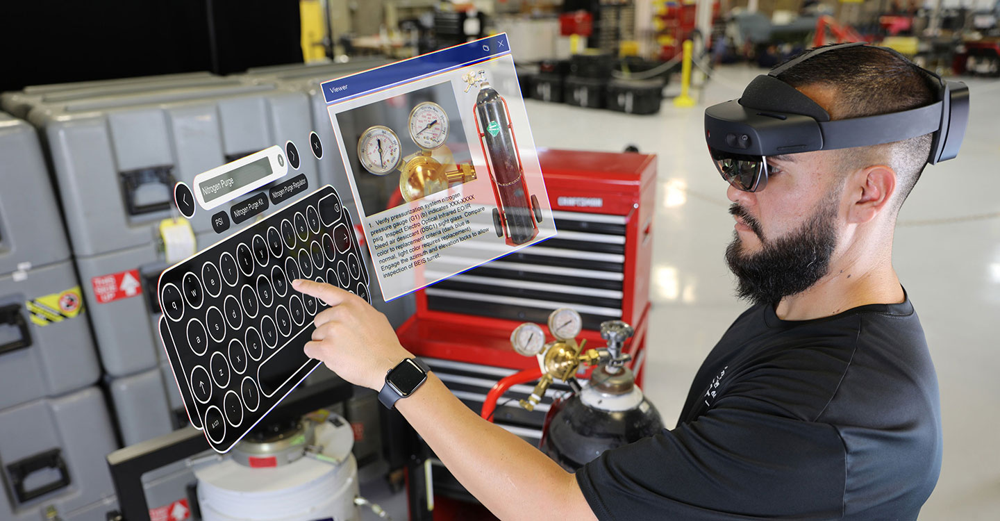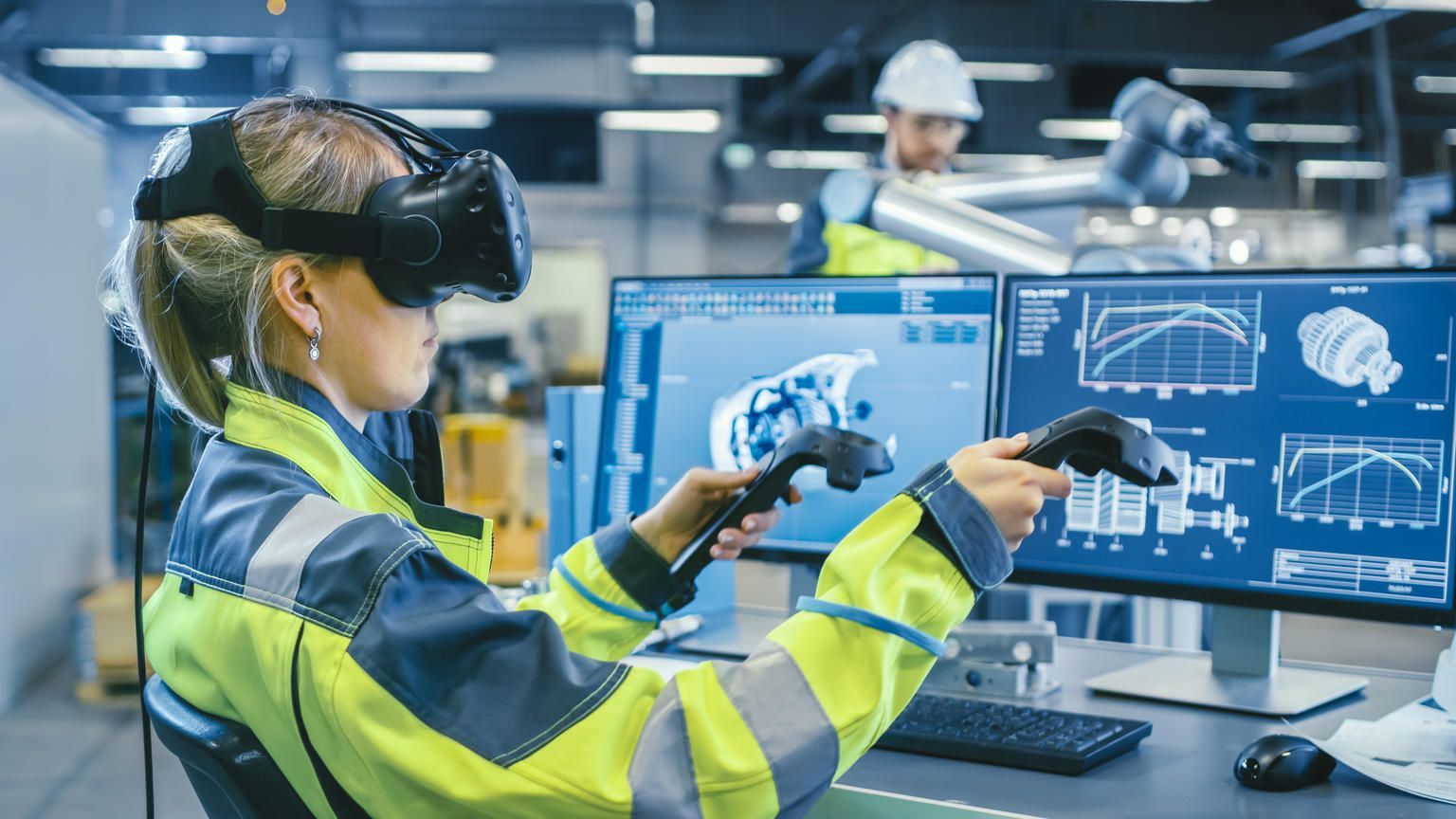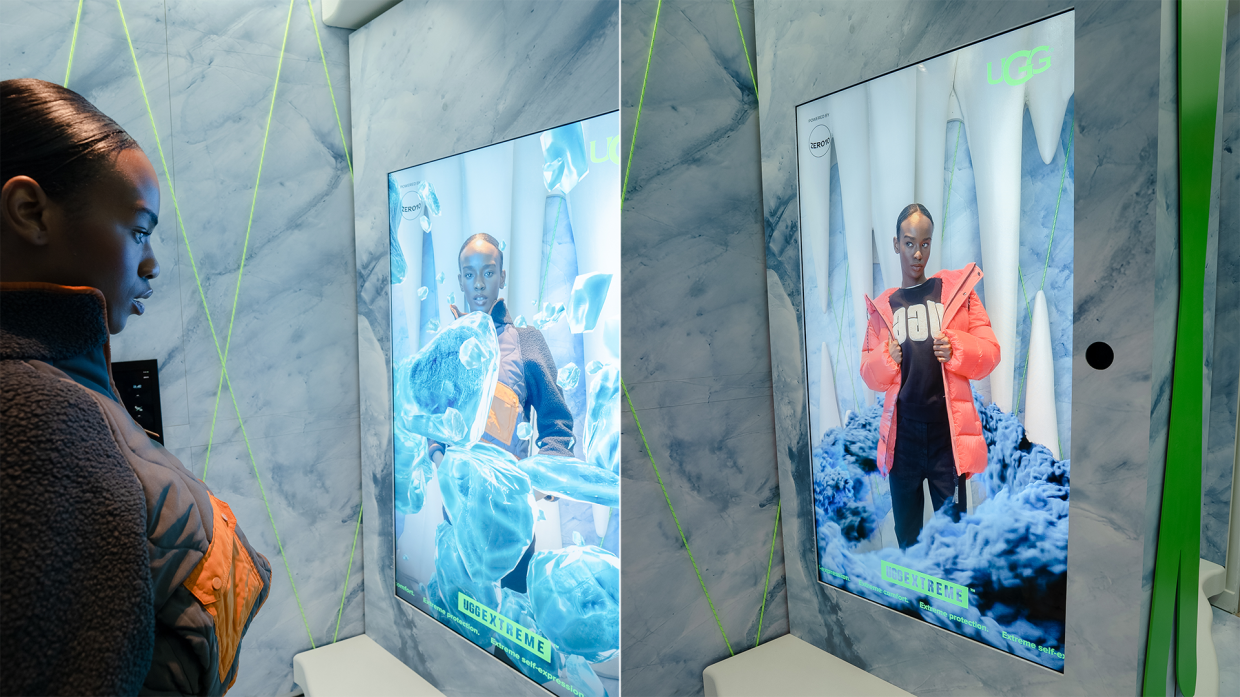Upgrading the eCommerce Customer Experience with Augmented Reality
The digital marketplace constantly evolves, and businesses are under increasing pressure to create engaging and personalized shopping journeys. In recent years, augmented reality (AR) has emerged as a groundbreaking tool that revolutionizes how brands connect with consumers. By blending digital elements with our physical surroundings, AR transforms traditional eCommerce into a dynamic realm where customers enjoy a more immersive and interactive experience. This article explores how AR is upgrading the eCommerce landscape, reviews its key benefits, and offers actionable strategies for successfully integrating this technology into your online storefront.
The Changing Landscape of Digital Commerce
eCommerce has grown far beyond simple product listings and static images. Today’s consumers expect a highly interactive digital environment that mimics brick-and-mortar stores' tactile and visual appeal. The transformation is especially evident in online shopping, where the ability to browse, compare, and purchase products has become more interactive and personalized than ever before.
As traditional methods give way to digital innovation, integrating AR into shopping platforms represents a significant leap forward. By overlaying digital content onto physical spaces, AR enhances visual appeal and bridges the gap between the digital and physical realms. This shift has ushered in what many experts now refer to as reality in ecommerce. In this new era, the shopping experience is enriched by technology that allows consumers to explore products in ways previously unimaginable.
Understanding Augmented Reality and Its Role in eCommerce
At its core, augmented reality is a technology that superimposes digital images, text, or animations onto a live view of the environment. This is achieved through smartphones, tablets, and, increasingly, AR glasses. In eCommerce, AR transforms a static browsing experience into one where shoppers can see how a product fits into their surroundings.
Modern AR technology harnesses advanced sensors, cameras, and computer vision algorithms to seamlessly overlay digital content on the physical world. For instance, a user can point their smartphone at a living room, and AR will project a digital model of a new sofa into that space. Such capabilities have turned a once abstract online selection into a tangible and personal journey.
The power of AR lies in its ability to offer an immersive experience—one that not only captivates the viewer but also provides an interactive platform to engage with products. Customers can now interact with products by viewing them from every angle, zooming in on details, and customizing features to suit their preferences.
Key Benefits of Integrating AR in eCommerce
Augmented reality is more than just a flashy innovation—it delivers measurable business benefits. When implemented effectively, AR can significantly transform several aspects of the eCommerce process.
Enhanced Visualization and Decision-Making
One of the main challenges in eCommerce is the inability for consumers to touch, try on, or fully inspect products. AR addresses this limitation by enabling shoppers to see how an item will look in their own environment. This functionality not only boosts consumer confidence but also helps to reduce returns by ensuring that what customers expect is exactly what they receive.
For example, furniture retailers can deploy AR tools that empower users, allowing customers to virtually arrange and view items in their homes before making a purchase decision. This capability minimizes the gap between expectation and reality, resulting in higher satisfaction.
Boosting Conversion Rates and Engagement
Interactive AR experiences can significantly impact conversion rates by guiding consumers through a more engaging decision-making process. When a shopper can visualize a product in real time—be it the way a pair of glasses complements their face or how a piece of art fits into a room—the purchase decision becomes more informed and emotionally connected.
AR is also a potent tool for increasing customer engagement. When shoppers spend more time exploring products and experimenting with different variations, their involvement deepens, leading to a more memorable shopping journey. This dynamic approach sets the stage for repeat visits and improved brand loyalty.
Improved Product Customization and Personalization
With AR, eCommerce sites can offer a level of personalization that goes beyond simple recommendations. Customers can experiment with different colors, sizes, and features, experiencing firsthand how each modification alters the final product. This kind of ar experience not only excites users but also helps them make decisions that are tailored to their unique tastes.
Brands that incorporate AR into their websites can showcase their products using high-quality 3D models that accurately depict textures, dimensions, and design details. By presenting products in a format that mimics their real-world appearance, companies can bridge the gap between digital representations and real-life appearances.
Differentiation in a Competitive Market
Staying ahead of the curve is essential in today's crowded digital marketplace. Augmented reality (AR) provides a distinct competitive advantage by delivering interactive and memorable shopping experiences. By adopting an AR approach—where the AR functionality is deeply integrated into every aspect of the shopping journey—businesses can differentiate themselves from competitors who rely solely on traditional eCommerce methods.
Furthermore, cutting-edge retailers often incorporate features in their mobile solutions,, such as an intuitive AR app that offers users an easy and enjoyable way to access AR features. Similarly, AR-enabled platforms benefit from streamlined navigation and interactive elements that make shopping both fun and efficient.
Real-World Applications of AR in eCommerce
Many leading brands have already tapped into the potential of AR to transform their online platforms. Their innovative approaches serve as powerful case studies for businesses looking to modernize their digital storefronts.
Virtual Try-Ons and Makeup Simulators
Beauty and fashion retailers are among the early adopters of AR. Tools such as virtual makeup try-on features allow shoppers to test different products without entering a store. For instance, a prominent augmented reality app in the beauty industry uses advanced facial recognition technology to accurately apply makeup to a user’s face in a digital mirror. This streamlines the decision-making process and offers a fun, interactive way to experiment with new looks.
Home Furnishing and Interior Design
Furniture and home décor retailers have embraced AR to solve one of the most common consumer dilemmas: ensuring that a piece of furniture fits physically and aesthetically within a space. Using an augmented reality ar tool, customers can virtually place a piece of furniture into a room, giving them an accurate sense of scale and design. This capability fosters confidence in the purchase decision, helping reduce returns while inspiring interior design ideas.
Automotive and Retail Innovations
The automotive industry is also exploring AR to enhance the shopping experience. Some dealerships now offer AR tools that let potential buyers explore car features, color options, and interior designs without leaving their homes. In retail environments, AR kiosks and interactive displays have become popular for engaging shoppers and offering personalized recommendations on the spot. These innovations improve engagement and enable consumers to interact with products in ways that were once impossible.
Best Practices for Implementing AR in eCommerce
While the benefits of AR are compelling, successful implementation requires careful planning and execution. Here are some best practices to consider when integrating AR into your eCommerce strategy:
Understand Your Audience and Their Needs
Before investing in AR, it’s essential to research your target market. Identify pain points in the current shopping journey and determine how AR can address these challenges. Whether you’re aiming to boost conversion rates or provide an interactive feature that allows users to explore real time product details, aligning AR solutions with customer needs is key.
Invest in High-Quality Content and User Interface
The effectiveness of AR hinges on the quality of its content. Ensure that your digital assets—be they 3D models or interactive images—are high-resolution and accurately reflect products. A polished user interface is critical, so consider hiring professional designers to create seamless AR experiences. This attention to detail reinforces the authenticity of the real-world integration.
Seamless Integration and Testing
AR must be smoothly incorporated into your existing eCommerce platform to deliver on its promise. Work with experienced developers to integrate AR features without compromising site performance. Rigorously test the AR functions across various devices to ensure a consistent and reliable experience. This technical diligence will ensure that when customers choose augmented reality ar experiences, they encounter a polished and dependable tool.
Leverage Analytics and Customer Feedback
After launching your AR features, use analytics to track user behavior, engagement, and overall satisfaction. Monitor metrics such as session duration and interaction frequency and how these correlate with improved sales figures. Customer feedback is equally vital; listening to user experiences will help refine your AR strategy and make it even more effective at driving increased customer engagement.
Future-Proof Your Investment
The AR landscape is evolving rapidly. Stay updated on emerging trends and technologies to ensure your AR solution remains competitive. By continuously investing in improvements and updates, your platform can adapt to changes in consumer behavior and technological advancements, thus ensuring that your digital storefront remains at the cutting edge.
Conclusion: Shaping the Future of eCommerce with AR
Augmented reality is not just a passing trend—it’s a transformative tool reshaping how consumers experience digital commerce. By integrating AR, brands can offer shoppers the chance to interact with products more meaningfully, see items in real life before purchasing, and enjoy a level of customization that traditional eCommerce simply cannot match.
From virtual try-ons and interactive product demos to immersive interior design tools and beyond, AR empowers users to explore products in an engaging and realistic setting. As businesses look to refine their digital presence and improve the customer experience, adopting AR strategies is proving to be a decisive factor in differentiating brands in a highly competitive marketplace.
For companies aiming to embrace the future of digital commerce, now is the time to integrate AR into their strategy. Whether you’re deploying an innovative AR app or launching an augmented reality experience designed to boost sales, the message is clear: AR transforms every step of the customer journey—from initial exploration to the final purchase.
Brands can establish new standards for online shopping by adopting a holistic approach that combines cutting-edge AR technology, high-quality visuals, and seamless user interactions. With tools that allow consumers to engage with products and experience every detail in real time, the boundaries between digital and physical shopping continue to blur.
Embracing these innovations drives conversion rates and fosters brand loyalty and trust. In today’s dynamic market, where every interaction counts, elevating the customer experience with AR is a strategic move that positions your brand at the forefront of the digital revolution.
As you plan your next steps, remember that integrating AR is more than a technological upgrade—it’s a commitment to offering an unforgettable, interactive journey that redefines modern commerce. Start exploring the endless possibilities that AR offers and prepare to lead the charge in a marketplace increasingly defined by innovation and creativity.
In summary, upgrading your eCommerce strategy with augmented reality provides transformative benefits—from helping shoppers visualize products as they would appear in real-world settings to offering a dynamic platform where they can genuinely experience items as they are meant to be enjoyed. This evolution in digital retail is not just about technology; it’s about reimagining the shopping journey for the modern consumer and ensuring that every interaction is engaging, informative, distinct, and personal.
By embracing AR, you are not only preparing for the future—you are creating it. Enjoy the journey of transformation, and let the power of augmented reality redefine what’s possible in the world of ecommerce.
TALK TO A PRO
We're here to bring your brand to life!
Stay Connected with BrandXR
Thank you for signing up to our monthly newsletter.
Please try again later.
Create Augmented Reality for Free!
Create, Publish, and Measure 3D Augmented Reality Experiences Without Having to Code.










SUPPORT
Detroit
Saudi Arabia
BrandXR. All Rights Reserved. Website designed by Unleash Media.




